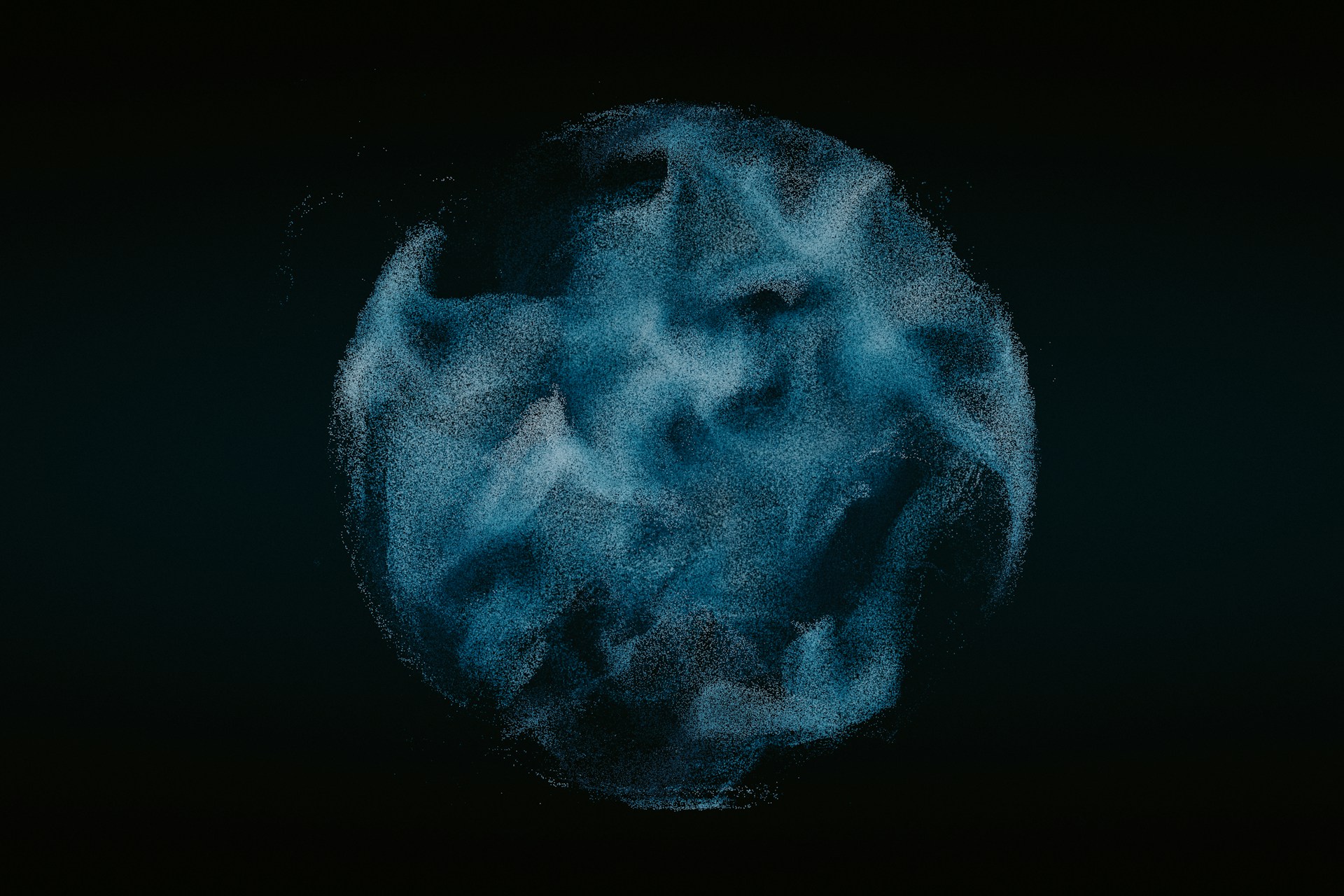Professor Sebastian Zell of the Max Planck Institute for Physics leads a team exploring the first moments of the universe with a novel approach to cosmic inflation. In a study recently, Zell and his colleagues Kim V. Berghaus and Marco Drewes propose that the early universe could have undergone rapid expansion in a warm environment composed entirely of known elementary particles, challenging conventional cold inflation models and offering new possibilities for connecting cosmology with particle physics experiments on Earth.
Berghaus, K. v., Drewes, M., & Zell, S. (2025). Warm Inflation with the Standard Model. Physical Review Letters, 135(17), 171002. https://doi.org/10.1103/9nn9-bsm9
Cosmic inflation describes the extremely rapid expansion of space in the first fractions of a second after the Big Bang. Traditional inflationary models assume that the universe began cold and nearly empty, requiring additional mechanisms to generate the heat necessary to produce the plasma observed later. In contrast, the warm inflation model proposed by Zell and his team envisions the universe already immersed in a heat bath of particles during its expansion, allowing familiar forces and particles from the Standard Model to play a central role. This approach offers a pathway to study the early universe using terrestrial experiments and existing particle physics frameworks.
Professor Sebastian Zell of the Max Planck Institute for Physics stated,
“The coupling of these particles to the strong force would provide sufficient energy to heat up the expanding universe. This makes warm inflation feasible.”
The research centers on a scalar field called the inflaton, which drives inflation. In this model, the inflaton interacts with gluons, the force carriers of the strong nuclear force, through axion-like particles. This coupling generates sufficient energy to maintain a warm environment as the universe expands. The inclusion of these axion-like particles is particularly significant, as they are also candidates for dark matter and may provide answers to long-standing puzzles in particle physics. By linking the inflaton to well-characterized Standard Model particles, Zell’s team has developed a model that is both theoretically robust and experimentally accessible.
A key advantage of this warm inflation scenario is that it allows the effects of light fermions, which previously were thought to inhibit inflation, to be mitigated. The dilution of their chiral chemical potentials by the Hubble expansion ensures that the presence of these particles does not prevent a sustained warm inflation phase. This insight helps refine our understanding of how known particles could have influenced the earliest moments of cosmic history.
The implications of this model extend to ongoing experimental efforts in particle physics. Experiments such as MADMAX aim to detect axion-like particles, and Zell’s model provides a theoretical framework that can guide these searches. If such particles are observed, they could not only shed light on the nature of dark matter but also offer empirical support for the warm inflation scenario, bridging the gap between cosmology and particle physics.
In addition to providing a new perspective on cosmic inflation, the study underscores the value of using the Standard Model as a toolkit for understanding the universe’s beginnings. By showing that the first moments of the universe can be described using familiar particles and forces, Zell and his colleagues make it possible to test early-universe physics through laboratory experiments, offering a tangible way to study phenomena that occurred billions of years ago.
This research opens up new avenues for exploration in both theoretical and experimental physics. By combining cosmology with established particle physics, it demonstrates that fundamental questions about the universe’s origin can be approached from multiple angles, with the potential for significant insights into both the structure of matter and the dynamics of the cosmos.
Professor Sebastian Zell emphasizes that the study represents a step toward making the earliest phases of the universe experimentally accessible, offering realistic opportunities to test the predictions of warm inflation in future experiments. As efforts to detect axion-like particles continue, this model provides a timely and practical framework for understanding their role in the evolution of the cosmos.
The work by Zell, Berghaus, and Drewes represents a significant development in cosmology, connecting the physics of the very small with the vast scale of the universe. By grounding cosmic inflation in the Standard Model, it brings new clarity to one of the most profound questions in science: how the universe began and evolved in its first moments.

Adrian graduated with a Masters Degree (1st Class Honours) in Chemical Engineering from Chester University along with Harris. His master’s research aimed to develop a standardadised clean water oxygenation transfer procedure to test bubble diffusers that are currently used in the wastewater industry commercial market. He has also undergone placments in both US and China primarely focused within the R&D department and is an associate member of the Institute of Chemical Engineers (IChemE).



